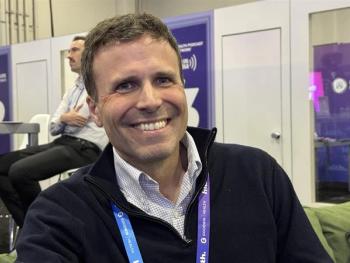
Sony to Demo LTE-M-Ready Diabetes Monitoring Wristband
It will not be dependent on smartphone connection for cellular coverage.
Sony is pairing with its old pal Ericsson and its chipmaker subsidiary Altair Semiconductor to develop an LTE-M-enabled diabetes monitoring wristband. The trio will debut a prototype of the device at the Mobile World Congress at the end of February in Barcelona, Spain.
The watch will monitor and display blood sugar levels, activity, sleep, and heart rate. It will be paired with Sony’s cloud and its Xperia smartphone line, though it will not need to be tethered to a smartphone to receive cellular coverage, according to a statement. LTE-M technology, sometimes called Cat-M1, enables direct cellular coverage for internet of things (IoT) devices.
Ericsson will provide its expertise and Massive IoT solutions suite to the table, while the device will make use of Altair’s ALT1210 chipset.
“This concept demo…is a great example of how low-cost and power-efficient connectivity can pave the way for a range of industrial and consumer IoT applications," Ericsson Head of Broadband and IoT RAN Marie Hogan said. "We are committed to developing robust, global Massive IoT solutions that may be deployed on existing LTE networks enabling new capabilities and facilitating the support of new IoT use cases and applications.”
The release did not provide details on the future availability of the wristband, nor did it indicate what the device will look like. The size and limited power consumption of the Altair chip were major factors behind its selection, according to Izumi Kawanishi of Sony Mobile Communications, who said that the former was vital to fitting the wristband’s form factor.
"The wristband prototype is one proof of concept for health services with the potential to significantly improve quality of life," Kawanishi said in







































